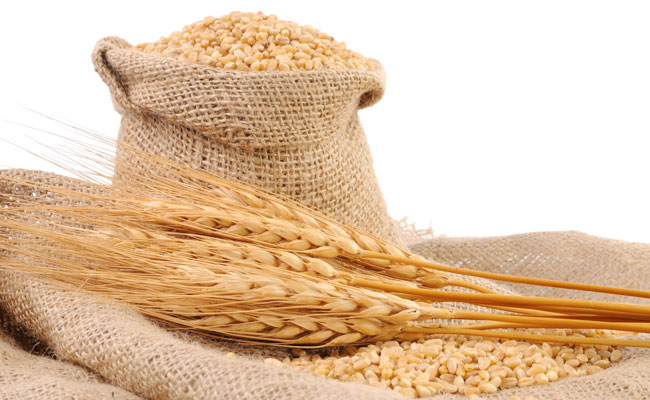
Rains take shine off wheat
Next time you munch your biscuits while having tea, there is more than a good chance that at least a part of your evening snack has come from Australia. For, the Indian flour millers and the ones in southern states in particular, have reportedly contracted to import five lakh tonnes of premium Aussie wheat. Any reason? The unseasonal rains have impacted the quality of the grain at home, leading to lustre loss and prompting the millers to depend on the premium variety of imported wheat. “We are struggling to get quality wheat this year. In the wake of untimely rains in February and March, the availability of the premium wheat has become an issue for the millers. The quality of wheat that’s arriving in markets is not good enough for making maida. They are left with no option but to import premium wheat,” Ram Nivas Gupta, advisor of the Roller Flour Mill Association, AP tells The Dollar Business. Gupta is quick to add: “Though the grain is okay for consumption but the inferior quality of the grain wouldn’t be fit for making its by-product (maida). We need better quality wheat for bakery products.” The unseasonal rains that lashed in the month of February and March have not only damaged the standing crop but also affected grain quality. Echoing similar views, one of the officials of Karnataka Roller Flour Mills Association says: “Besides the lustre loss, the untimely rainfall has impacted the moisture content. The crop has higher moisture content which makes its unusable for millers. The millers catering to high-end users cannot use sub-standard quality for making niche market products.” He further explains: “The higher moisture contents would also mean that the crop cannot be fit for long-term storage. Also the higher moisture levels would lead to 5-7% of wastage of the grain during cleaning process thus increasing the processing cost for the millers.” Staring at a quality loss, the wheat millers have started exploring importing options. Thanks to fears for the significant quality loss in the domestic crop, that millers in southern states, reports said, have already signed contracts to import five lakhs tonnes of premium wheat from Australia, the biggest such purchase in a decade despite surplus stocks at home. More so, 60,000 tonnes of the signed volume has already reached the ports, the millers are keen to import same quantity from France and Russia. “The millers in Tamil Nadu have started importing high-protein variety of wheat crop. The Karnataka millers too would be going for wheat imports this year, considering the low quality of wheat this year. They are waiting for the prices to come down further at the international market,” said the official of Karnataka Roller Flour Mill Association. It is noteworthy mentioning here that the rains have affected the quality of the grain, but it didn’t have much impact on the production. A government research body has predicted India's wheat production to decline by up to two per cent in the current crop year from the previous record of 95.85 million tonnes achieved in 2013-14. Thus, given such quality loss and huge volumes of grain imports, the big question is: who will buy the wheat from the local farmers? “There shouldn’t be fears on the part of farmers since the government relaxed the norms for foodgrain procurement. If quality of wheat is affected, relaxation in the norms is considered in view of interests of farmers.” Looking at the situation, Food Minister Ram Vilas Paswan had recently announced of relaxing quality norms in terms of moisture content, loss of shine and damaged grains for the ongoing rabi wheat procurement drive by the Food Corporation of India (FCI) and state government-owned agencies. Against the prescribed standard of 6% for the broken grains in wheat crop, Madhya Pradesh and Rajasthan were recently allowed to have broken grains up to 10% and 9% respectively.
June 25, 2015 | 6:16 pm IST.






 to success.
to success.